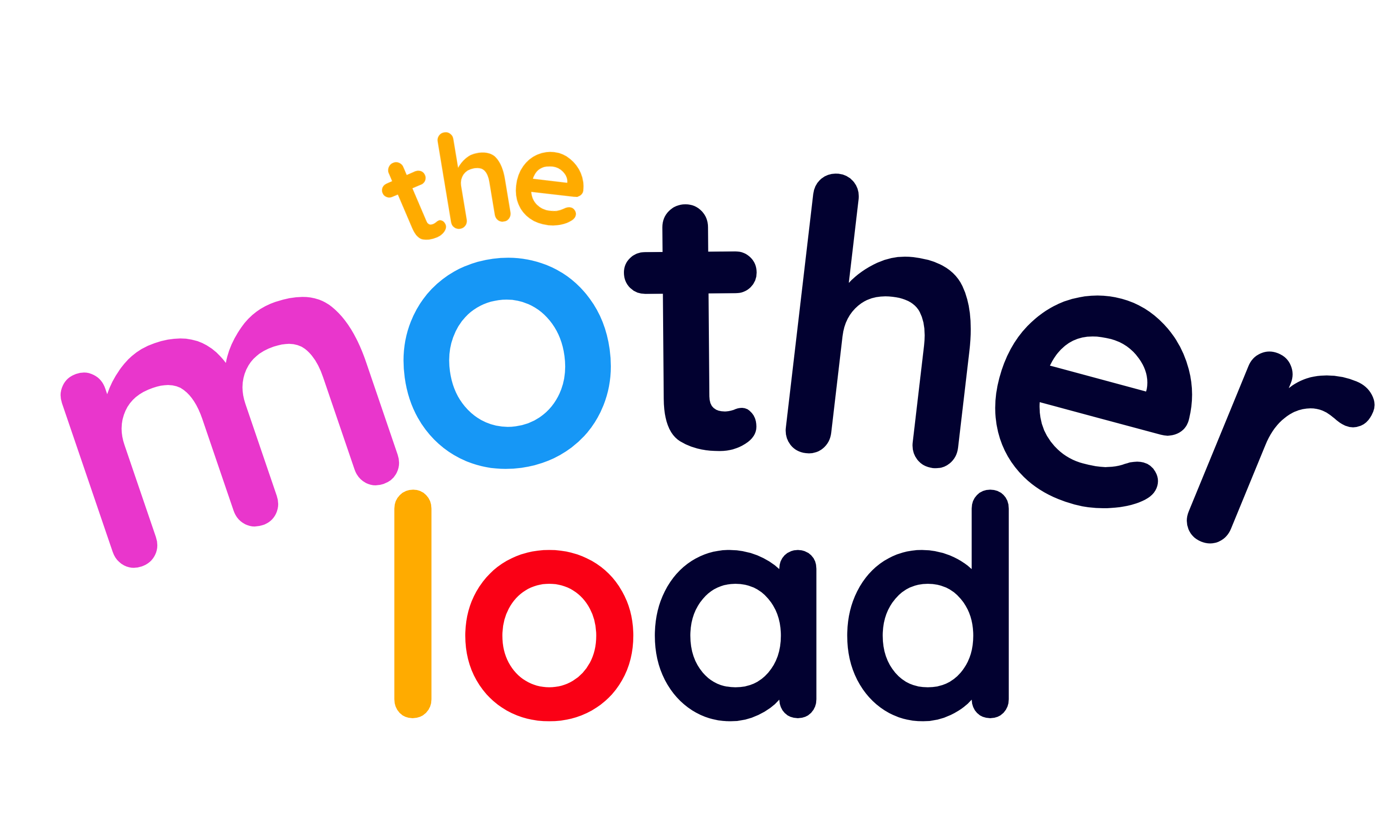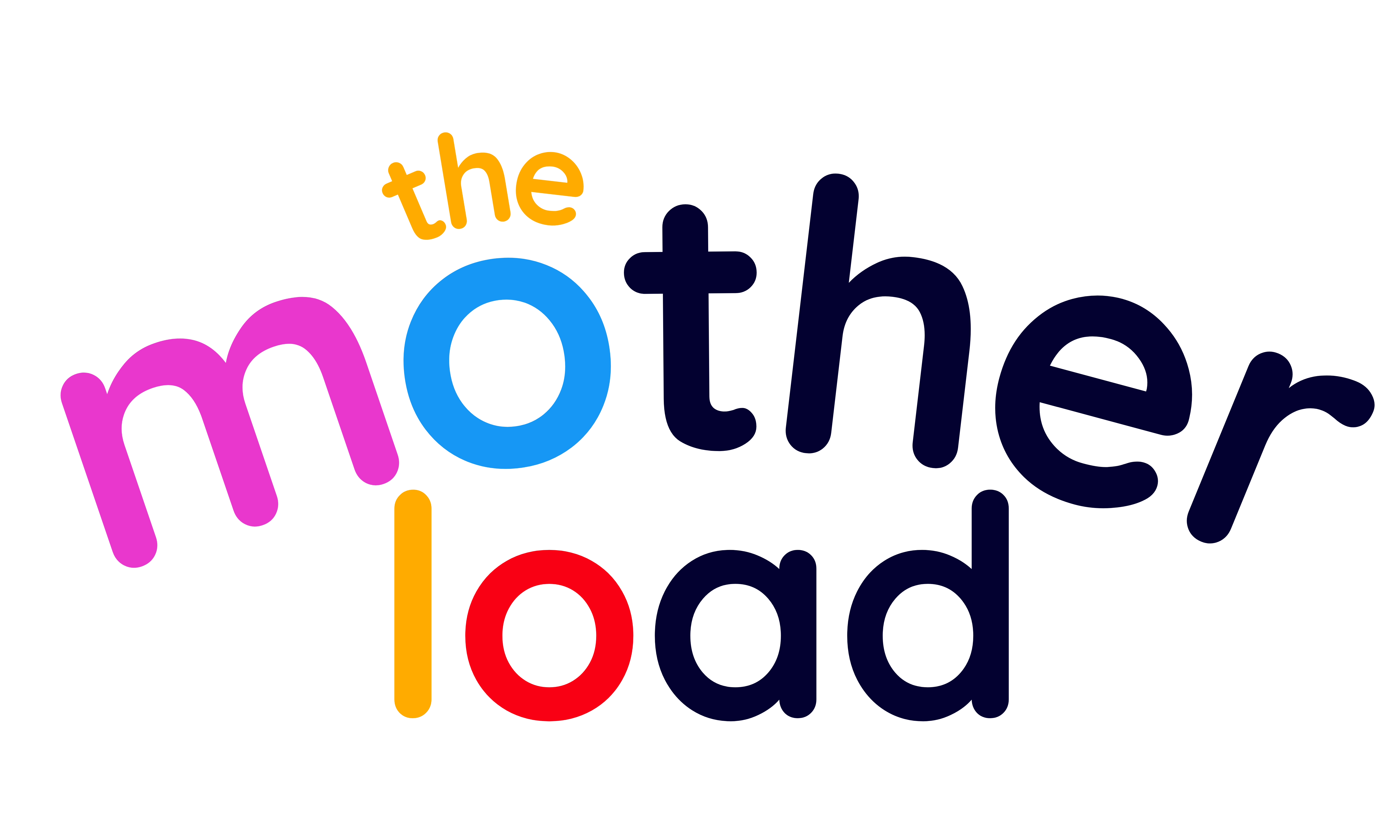First thing’s first: sleep training is not synonymous with crying-it-out or (CIO). We’ll say it again for the ones in the back; sleep training is not the same as leaving your babies to fend for themselves. Consider that myth officially busted.
What is Sleep Training?
According to Alanna McGinn, a certified sleep consultant, sleep training is the act of “teaching your little ones that they are capable of going to sleep independently”. She says that the aim is to get your baby to be able to nod off on their own and with a minimal assistance or sleep tools (rocking, nursing, dummy or cuddly toy) as possible because babies will depend on these to settle again, if /when they wake through the night. Simply put, sleep training is the approach to creating good sleeping habits that allows your child to settle themselves to sleep. This blog will offer common and gentle approaches to sleep training.
The Elephant in the Room
Sleep training gets a bad reputation because people automatically associate these methods to the old mentality of letting babies self-soothe by any means necessary. It’s not a nefarious plot to trick parents into not cuddling, comforting or loving on their children. It’s simply working towards the goal of helping your baby navigate the necessary life skill that is sleeping on their own. Which leads us to the greatest misconception surrounding this topic.
Crying-it-out or CIO method is often mistaken as sleep training. It’s important to note that these aren’t interchangeable terms or concepts. The aim of CIO is to extinguish the behavior of crying by not responding to it. However, this is often interpreted as the old school, ‘hard-knocks’ act of closing the door behind you and not coming back to your child until morning, making it a loaded sleep approach.
Crying-it-out becomes controversial due criticisms of cruelty and the claim of having detrimental, lasting effects on a child’s emotional and familial relationships. Although many studies show that there are no proven long-term emotional or well-being effects on babies, it is not to say that it’s without its difficulty; emotional or otherwise. We are not here to argue the scientific precision of this approach to sleep training, but we are aiming to offer more gentle methods.
Sleep Training Methods
Ferber method
Also known as the check-and-console or even controlled crying, this approach to sleep training aims to reassure baby that you are available to them, but it’s bedtime and they need to settle on their own. The Ferber method states that you should check in on your baby at present intervals (whatever you are comfortable with whilst also allowing them the opportunity to try to settle independently). Touching, patting or offering words of comfort are allowed, but don’t pick your baby up. Then Increase the amount of time between visits (up to 10-15 minutes). If baby wakes again through the night, start the process over.
Chair method
The chair method aims to help babies doze off knowing a parent is near. This method states parents should follow their bedtime routine and then put your baby down. Remain in the room on a chair nearby and refrain from stimulating or making contact with your baby. When your baby falls asleep, leave the room. With every wake, sit back in the chair so your baby has reassurance that you are near but avoid making contact. The aim becomes to progressively move the chair further away from where baby sleeps until they can sleep without you being in the room.
Pick up, put down method
Also known as the minimal contact soothing method, this consists of allowing your baby some comfort but then encouraging them to go back to sleep on their own. The idea is that if your baby wakes or cries, you can offer a little pat, shush or even briefly picking up your baby if they cry or become unsettled. When they are calm, put them back down and gradually limit the contact in between. The aim is to gently get them to sleep independently while offering comfort as needed. Naturally, this guilt-free approach is a favorite among parents but can take much longer than other methods.
Bedtime-routine fading
This method consists of minimizing contact at bedtime. You follow your routine (whatever that may be) and then put baby down to bed. The aim is to decrease the amount of time spent comforting your baby to get them to sleep (for example, rocking, patting or nursing). The goal is to minimize crying and getting baby to settle and sleep on their own at bedtime.
Bedtime-hour fading
Not to be confused with routine fading, this sleep method encourages parents to find the right bedtime where baby will actually fall asleep rather than being put down and not dozing off. For instance, say a baby is put down at 7 pm but cries for 20 minutes. Bedtime-hour fading would then determine that the new bedtime should be 7:20 pm. You would then put baby down at this new time and try it for a couple of nights. Keeping a bedtime journal is advised to keep reference of how your baby gets on and to gauge the time. Once your baby starts to settle into a routine, gradually move up your bedtime routine up by 10-15 minutes. The aim is to slowly shift your baby’s old sleep habits and get them to nod off at into the desired bedtime.
Hybrid methods
As the name suggests, this consists of adopting a combination of methods or approaches to your baby’s bedtime routine. Perhaps you decide to shush and pat your baby and then put down in the cot. If things progress, then perhaps you move to the Ferber method of coming back into the room at certain intervals when your baby wakes. There is no right or wrong way to a hybrid method. The point to this approach is to pick and choose what works for you and your baby whilst trying to teach your little one skills to self-soothe and learn good sleeping habits.
Do What Feels Right for You
Teaching children to falling asleep on their own is a necessary life skill but there is no one-size-fits-all formula to getting them there. However, there are many gentle approaches to sleep training that offer emotional and physical reassurance to parents and their babies. It is always good to keep in mind what your baby’s needs are and what development stage they are in. If your baby in a sleep regression, that could be a good time to consider a training routine. If your baby still has the need for night feedings, continue to do so and then get them to settle for sleep once more. If you’re baby is older, find that sweet spot that will allow your baby to carry out good sleep habits.
The key to success with any of these methods is consistency. The more you allow old or bad sleeping habits to go on, the harder it becomes to get them into a routine. We all know that life and disruptions happen, but try to get them back into their routines as soon as possible. Ultimately, we suggest you do whatever feels right and works best for you and your family. We wish you all sweet dreams and a happy sleep or, at the very least, a good supply of coffee to help you cope.
For more articles and resources on sleep, check out our blogzine



No comments yet. Be the first one to leave a thought.